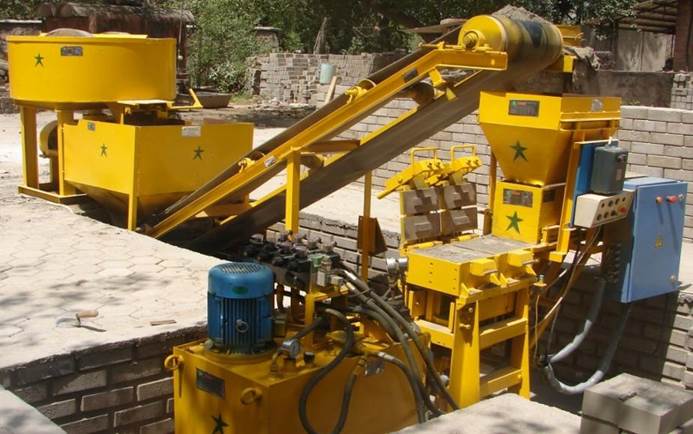|
Accessing Finance – A Tale of Two Entrepreneurs
T he government of India recognises that micro and small enterprises are a growth engine for the Indian economy, responsible for around 45% of India’s manufacturing output.1 The government also recognises that access to finance is critical for growth and encourages entrepreneurs through Priority Sector Lending and targeted subsidy schemes.2 In this context, the Prime Minister’s Employment Generation Programme (PMEGP) scheme was launched in 2008 to subsidise entrepreneurs setting up new businesses. The scheme takes advantage of the network of nationalised banks across the country and the support of regional rural banks.3 However, entrepreneurs continue to face real obstacles accessing these schemes and starting their businesses.
Two years ago Sandeep decided to set up a brick making unit based on fly ash, taking advantage of the fact that his village located on the outskirts of Bhubaneshwar had recently seen an explosion of construction activity. As a ban on both red bricks and laterite blocks has been enforced, he decided on a fly ash brick business convinced that he could run it profitably. As he was eligible for the PMEGP subsidy he approached the local District Industries Office. The remaining amount required for starting the business was to be obtained as a term loan from a local bank. With the help of a chartered accountant he prepared a project report and applied for the subsidy. In the next district, Amit also decided to set up a fly ash brick business. He bought land just outside of Cuttack which had no fly ash units set up in the surrounding area. He was assisted by a local bank manager to put together a project report and apply for the PMEGP subsidy. Six months later Sandeep discovered that his application for the subsidy had been rejected as ‘incomplete’ so he approached a reputed bank for a loan. They suggested that he submit the project using his land as collateral. However, he had to get a No Objection Certificate (NOC) from the local Pollution Control Board and an approval from the local electricity distribution company. Receiving the NOC took more than 3 months and came at a high cost. He also had to spend 2 lakhs to complete the legal and valuation reports required to mortgage the land. By contrast, Amit received approval for the subsidy scheme for his project. He also got the NOC from the local pollution board, and submitted his project to the local bank. The project was approved, and he received the first disbursal of 5 lakhs. He paid the advance for the machine and also started work on the site. He spent about 10 lakhs when he approached the bank for the next disbursal. It was only then that he came to know that his site did not have an electricity connection. This condition had to be fulfilled before the next loan disbursal. The estimate he received for getting the connection was for more than 5 lakhs. As the stories illustrate, accessibility of finance in rural India is still limited and it comes accompanied by prohibitively high transaction costs. 4 Access to finance is critical for the growth. The proliferation of microfinance companies and the support they continue to receive from private equity is an indicator that considerable opportunity exists in the rural market. Over the last 3 years, over 650 crores have been invested by Private Equite (PE) funds in microfinance institutions.Sandeep’s and Amit’s projects have been delayed by more than 2 years and they still await the final funding. Both have invested significant amounts of money and time in their projects and are desperate to start production. In spite of everything both remain motivated and optimistic and expect their loans to be disbursed before the end of the year.q Pranay Samson Endnotes
|